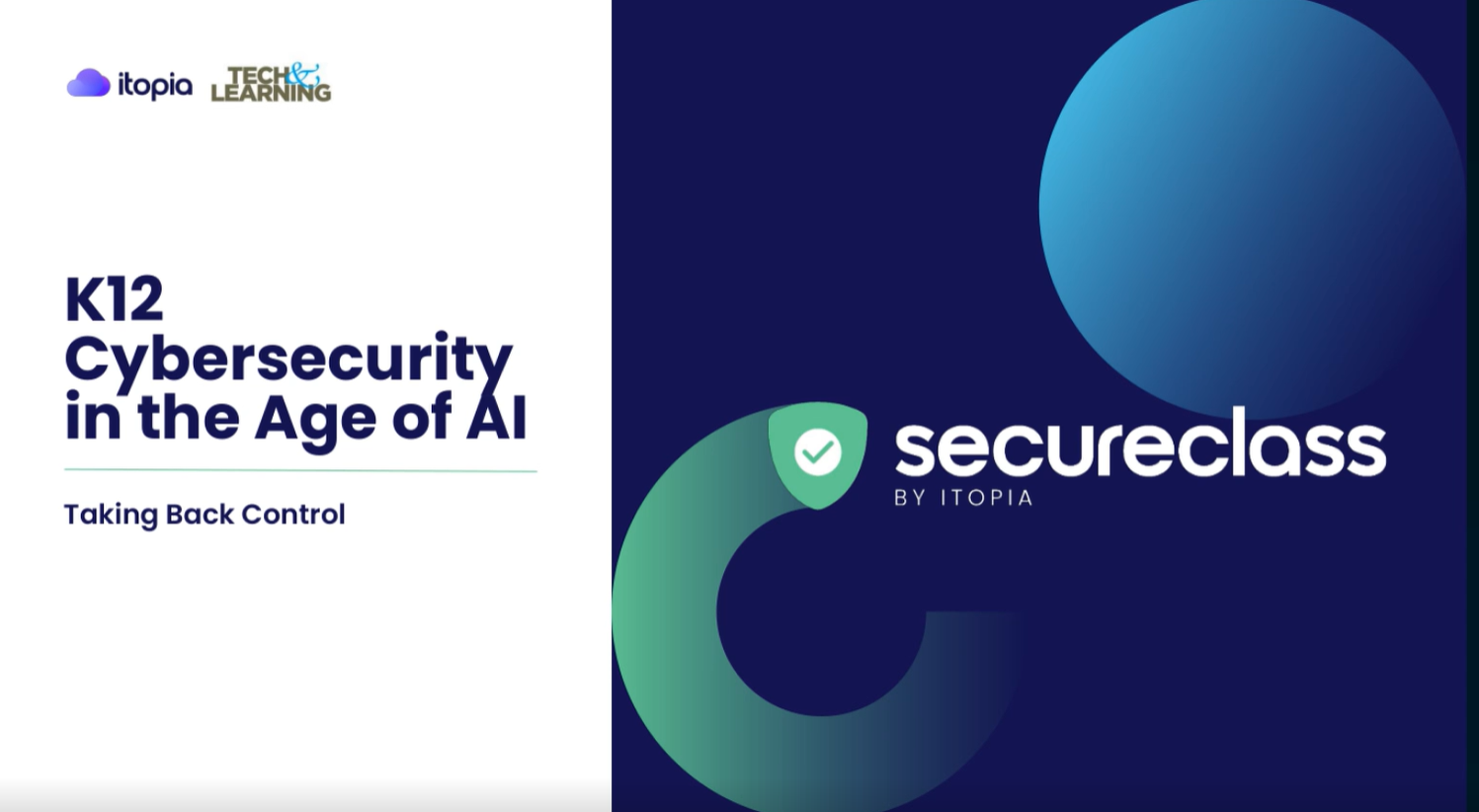6 Strategies for Boosting Online Class Retention
Dr. Stephanie McSpirit reduced the drop-fail-withdrawal rate in her social statistics class by 50 percent. Here’s how.

When Anabella Koen, a student at Eastern Kentucky University, realized she needed to take social statistics, she wasn’t exactly thrilled.
“I was absolutely terrified because I am not good at math,” says Koen, a junior studying social work.
Koen wasn’t alone in her anxiety about the online class. In fact, the course, which is a requirement for nursing and social work students, had become a barrier to graduation for some students and a had high drop-fail-withdraw rate.
To rectify this, Dr. Stephanie McSpirit, the course's professor, collaborated with Mary Henson, an Eastern Kentucky University instructional designer, on a full course redesign. The new course launched in summer 2021 and has been a success – the Drop-Fail-Withdrawal (DFW) rate has decreased by 50% to just 10%. It is hosted on Blackboard Learn, and won EKU a 2022 Catalyst award in the teaching & learning category because of this class.
McSpirit shares some of the strategies that have helped boost student success in the class.
1. Boosting Online Class Retention: Think About Students Who Struggle
Despite her worries about math, Koen is actually a star student and excelled in McSpirit’s class. Therefore, even though Koen benefited from the redesigned course, she wasn’t the type of student McSpirit had in mind as she overhauled the course.
“There are always high-performing students in all our classes,” McSpirit says. “We know online classes exacerbate the performance of high-performing students, they're able to do even more excellent. When we did the redesign, our focus was on what do we need to do differently in order to help those students who are at risk of failing or withdrawing or taking it again, be more successful.”
Tech & Learning Newsletter
Tools and ideas to transform education. Sign up below.
2. Provide Applicable and Accessible Exercises
One thing that scares some students about statistics is the false belief that it will all be abstract math. In her redesigned course, McSpirit made sure to head off this perspective from the start. “We use real data to answer or tackle real research problems,” McSpirit says. “So students can see the relevancy of statistics instead of, ‘Oh, why am I taking statistics, I'll never use it again.’”
To work with this data, McSpirit utilized open-source software, which eliminated barriers to the material and had other benefits. “It's also available to students as they enter agencies or a medical setting for use in the future,” McSpirit says.
3. Give Students Lecture Snacks and Interactive Slides
McSpirit had long offered students access to PowerPoint decks, however, in the redesigned class she updated the slides to be more interactive. “Every five or ten slides, we would add an interactive quiz that students could take,” McSpirit says. This was inspired in part by her own experiences with required workplace trainings. “I like to be tested as I'm going through slides,” she says.
In addition, she developed short mini-video lectures. “We decided that we would go ahead and develop, not long-winded lectures, but rather lecture snacks where we would go over key concepts and content and students could grab those lectures in 10-minute bites.”
4. Allow Quiz Do-Overs
Each module in McSpirit’s class ends with a quiz. In the redesigned courses students are able to take that quiz twice (the quiz is on the same topic but many of the questions change the second time).
“They have two chances at success,” McSpirit says. “Take the quiz after you've finished reviewing the lecture in the PowerPoint. Then after you finish your blogs and your homework assignments, take it again, in order to improve your score.”
5. Help Students Manage Their Time
Life responsibilities can often get in the way of school, particularly with online classes. “A lot of students have a lot of stresses or strains with regard to family and work responsibilities and so on, especially my BSN students and my social work students,” McSpirit says. “Oftentimes they're already working in an agency or a hospital setting. A lot of them are returning back in order to get their BSN degree or their BSW degree, and so what we ended up doing is adding a time-management self-assessment. At the end of each week, students evaluate their performance in terms of how they manage their time, and what they're going to do next week in order to stay on track and stay on task with regard to their university responsibilities.”
6. Let Students Know You Care
Students knowing that the teacher cares about their success as an individual is key in any setting and can be particularly impactful with online learning. This was always part of McSpirit’s teaching philosophy but she was able to emphasize it further in her redesigned course, particularly with those short lecture videos.
When Koen watched the video at the start of the class, she was immediately reassured. “I could tell that she genuinely cared about our performance,” she says.
Adding the course has clear rubrics and that McSpirit responds quickly to student emails and questions posted on the Blackboard LMS all let Koen know her professor had her back. “She was willing to do whatever it took to help,” Koen says.
Erik Ofgang is a Tech & Learning contributor. A journalist, author and educator, his work has appeared in The New York Times, the Washington Post, the Smithsonian, The Atlantic, and Associated Press. He currently teaches at Western Connecticut State University’s MFA program. While a staff writer at Connecticut Magazine he won a Society of Professional Journalism Award for his education reporting. He is interested in how humans learn and how technology can make that more effective.

